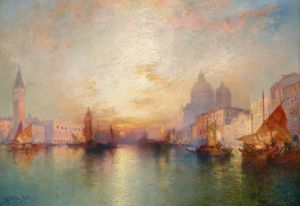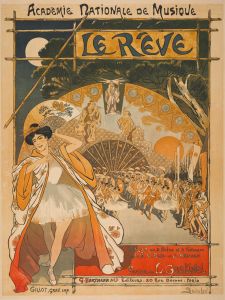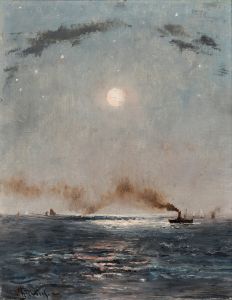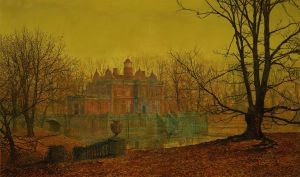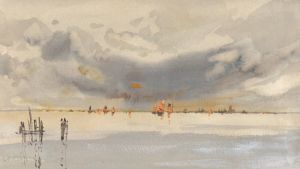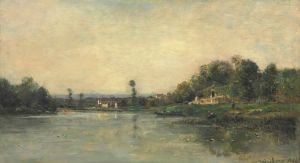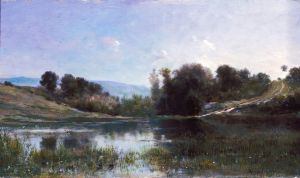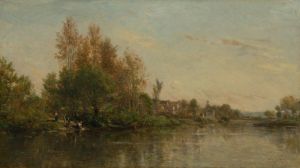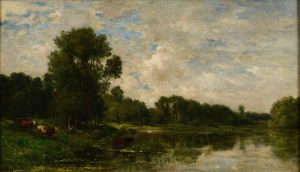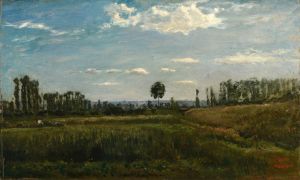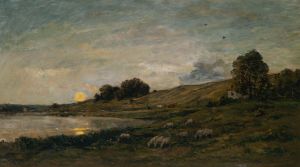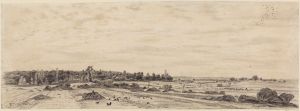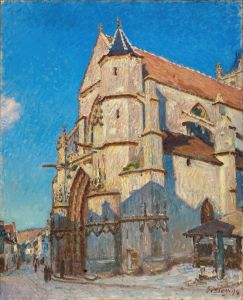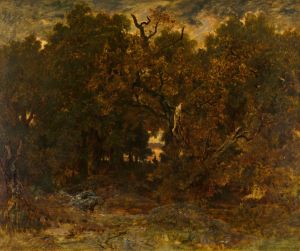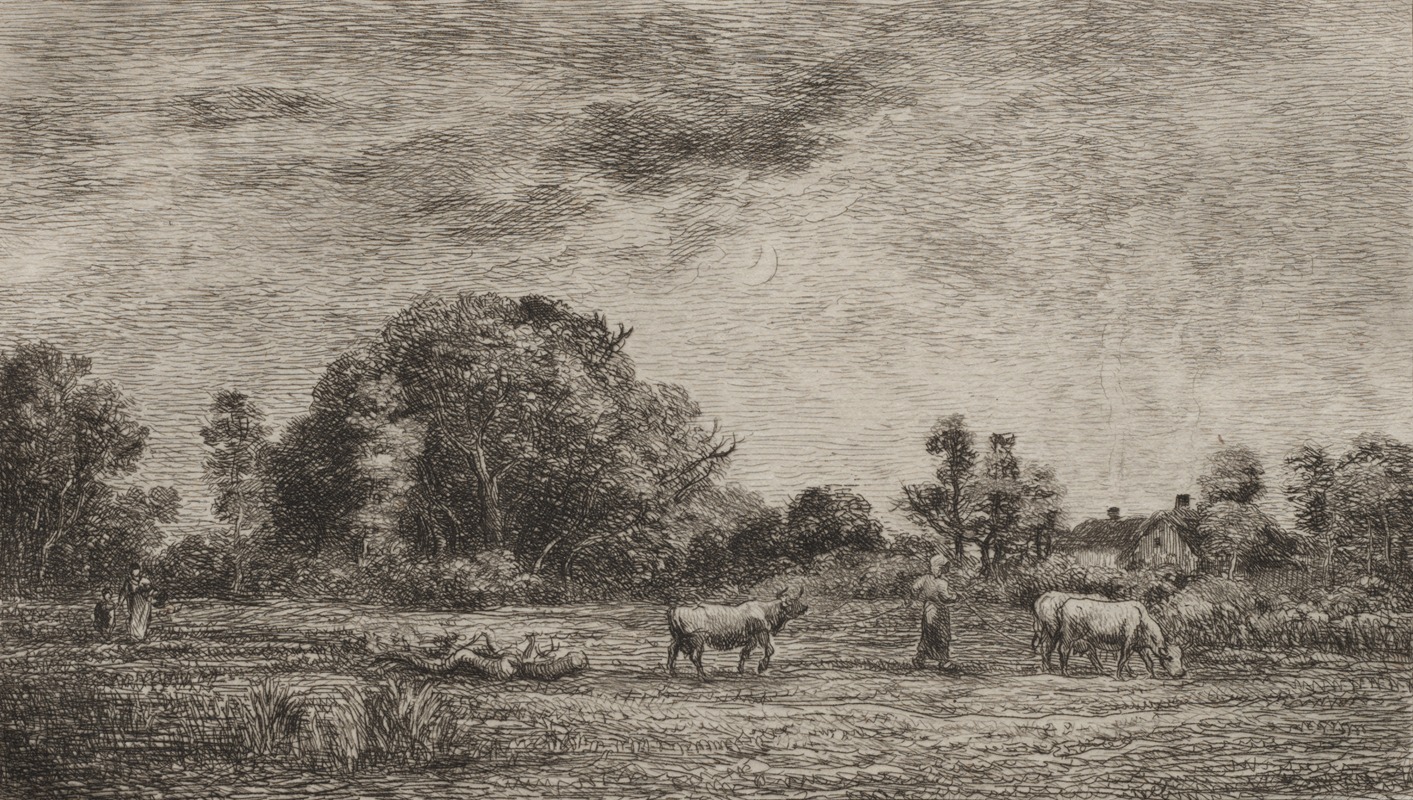
Moonrise
A hand-painted replica of Charles François Daubigny’s masterpiece Moonrise, meticulously crafted by professional artists to capture the true essence of the original. Each piece is created with museum-quality canvas and rare mineral pigments, carefully painted by experienced artists with delicate brushstrokes and rich, layered colors to perfectly recreate the texture of the original artwork. Unlike machine-printed reproductions, this hand-painted version brings the painting to life, infused with the artist’s emotions and skill in every stroke. Whether for personal collection or home decoration, it instantly elevates the artistic atmosphere of any space.
Charles François Daubigny, a prominent French landscape painter of the 19th century, created the painting Moonrise (French: Lever de Lune), which is often celebrated for its atmospheric depiction of nature. Daubigny was a key figure in the Barbizon School, a group of artists who sought to move away from the formalism of academic painting and instead focused on capturing the natural beauty of rural landscapes. His work is considered a precursor to Impressionism, influencing artists such as Claude Monet and Camille Pissarro.
Moonrise exemplifies Daubigny’s mastery of light and mood, showcasing his ability to depict the subtle transitions of the sky during twilight. The painting features a serene landscape bathed in the soft glow of moonlight, with the moon rising above the horizon. The composition often includes elements such as trees, water, and open fields, which were recurring themes in Daubigny’s work. His use of a muted color palette and delicate brushstrokes creates a tranquil and contemplative atmosphere, inviting viewers to immerse themselves in the quiet beauty of the scene.
Daubigny was known for painting en plein air (outdoors), a practice that allowed him to observe and capture the nuances of natural light and weather conditions directly. This approach is evident in Moonrise, as the painting reflects a deep sensitivity to the interplay of light and shadow in the evening landscape. His innovative techniques, such as the use of a flat-bottomed boat as a floating studio, enabled him to explore river scenes and other natural settings with greater freedom.
While specific details about the creation date or the exact location depicted in Moonrise are not always documented, the painting is consistent with Daubigny’s broader body of work, which often focused on the French countryside, particularly the regions around the Oise River. His landscapes frequently convey a sense of poetic simplicity, emphasizing the harmony between humanity and nature.
Today, Moonrise is regarded as an important example of Daubigny’s contribution to 19th-century landscape painting. His ability to capture the ephemeral qualities of light and atmosphere helped pave the way for the Impressionist movement, which would further explore these themes in the decades following his career. Daubigny’s works, including Moonrise, are held in high esteem and can be found in major art collections and museums worldwide.





